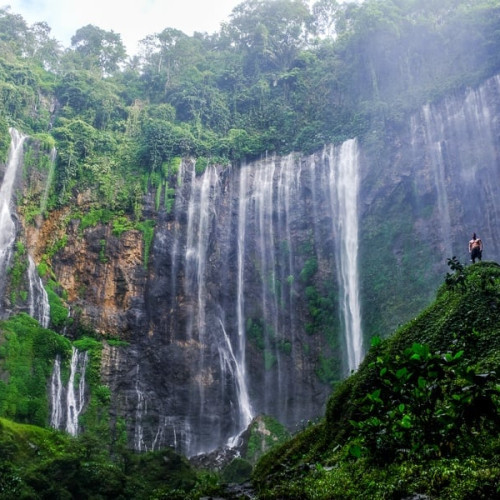
The Evolution of Travel Itineraries: A Historical Perspective
# Introduction. Travel itineraries have long been a staple in the world of travel, guiding explorers, adventurers, and casual tourists alike towards their destinations. Nevertheless, the way we create, utilize, and perceive these itineraries has transformed dramatically throughout history. In this blog post, we will explore the fascinating evolution of travel itineraries, tracing their roots from ancient times to the present day. # The Origins of Travel Itineraries. The concept of an itinerary dates back to ancient civilizations where the journey was often calculated based on trade routes and significant landmarks. The earliest travel guides emerged as scrolls and diaries that would assist merchants and travelers in navigating through known territories. Historical records indicate that the Greeks and Romans created extensive travel itineraries, detailing routes, accommodation options, and points of interest. These documents served as the foundation for future travel planning, enabling early explorers to maximize their journeys effectively. # The Middle Ages: Pilgrimages and Exploration. During the Middle Ages, travel itineraries became closely associated with religious pilgrimages. Christians would traverse long distances to reach holy sites, often aided by written accounts of previous pilgrims. This period saw notable travels like those of Marco Polo, whose detailed descriptions of his journeys throughout Asia inspired a generation of explorers. Itineraries began to incorporate not only the 'how' of travel but also the 'why,' as spiritual and cultural significances were emphasized, leading to an emergence of guidebooks that catered to those seeking knowledge alongside travel. # The Renaissance and the Advent of Printed Itineraries. With the Renaissance came a surge in travel curiosity, where individuals sought to explore the world beyond their borders. The invention of the printing press revolutionized travel itineraries, making them more accessible to the general public. Notable artists and thinkers of this time began documenting their journeys, paving the way for travel literature. Itineraries began to take on a more structured form, often presented in printed books that detailed not only routes but also cultural experiences, cuisine, and local customs. Travel planning was becoming an art form in its own right, communicated through enticing narratives and vivid illustrations. # The 19th Century: The Grand Tour and Organized Travel. The 19th century witnessed significant changes in travel as the concept of the ‘Grand Tour’ became fashionable among the European elite. Young aristocrats embarked on extensive trips across the continent, often taking months to traverse major cities. This era saw the rise of travel agencies that began devising organized itineraries, catering specifically to the upper-class travelers seeking comfort and luxury. Train travel emerged, and itineraries expanded to accommodate rapid transit. It was during this time that the structure of modern itineraries began to take shape, with a focus on time management and scheduling experience-rich activities. # The 20th Century: The Rise of Mass Tourism. The post-World War II era brought an expansion in air travel, leading to the birth of mass tourism. Travel itineraries expanded further, influenced by the growing travel industry, and began to cater to a wider audience. Tour packages became prevalent, where companies provided fully planned itineraries that included transportation, accommodations, and meals. The influence of guidebooks like “Lonely Planet” and “Fodor’s” emerged, providing detailed itineraries aimed at budget-conscious travelers without sacrificing quality. # The Digital Age: Current Itineraries and Apps. With the rise of the internet and mobile technology in the late 20th and early 21st centuries, travel itineraries underwent another revolutionary change. Today, travelers can customize their itineraries using various online tools and apps, revealing a high level of personalization. Social media platforms and travel blogs further contribute to itinerary creation, allowing travelers to share experiences, tips, and recommendations. Furthermore, real-time updates and GPS navigation have put flexibility into the core of travel planning, accommodating spontaneous adventures. # Conclusion. From ancient scrolls to high-tech digital itineraries, the evolution of travel itineraries reflects our ever-changing relationship with travel itself. As we continue to explore the world, it is fascinating to see how travel itineraries will evolve in the future, with the increasing influence of technology, sustainable travel practices, and the desire for authentic experiences. Whether you're a long-time traveler or just beginning your journey, understanding the history of itineraries can help you appreciate the convenience and richness they bring to the travel experience. .









